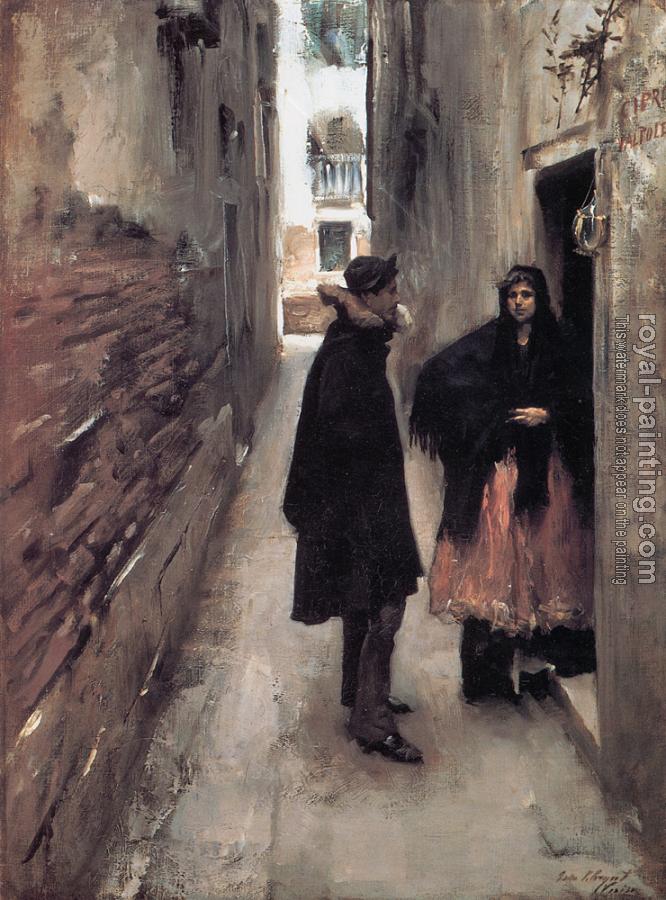I sat sipping a perfect cup of coffee, which was served with a tiny, but sublime piece of Belgian chocolate, and listening to horses clip clop across the cobblestones while watching swans swim lazily under a willow tree in the Minnewater Canal.
The scene couldn’t have been more perfect, and as I gazed at the nunnery I resolved to write a book about the most beautiful spot on the planet for me – a canal in Bruges. It mattered not that I had no plot at that time.
With a Flemish heritage, I had always loved Flemish textiles, such as lace and tapestry. Dan Brown’s highly successful “The DaVinci Code” reminded me that tapestries were full of symbolic imagery. That a work of art could contain a world of stories we may never know was evident in Tracey Chevalier’s “Girl with a Pearl Earring”.
Did you ever stare at sculpture and wonder what inspired the artist and what stories you wished you knew of the subject of the sculpture? I knew a tapestry could contain those stories and symbolic images. Try to imagine what the characters are discussing in the back alley of John Singer Sargent’s painting of Venice entitled, “Street in Venice” with two figures – it can drive you mad. Are they lovers? Are they plotting? Arguing? Planning dinner?
www.bing.com
I set out to learn as much as a non-weaver can learn about tapestry. During a visit to Westminster Abbey I overheard someone talking about tapestries being made in Stirling, Scotland as they had been made in 1520. Off to Stirling Castle I went, to see tapestries being created as they had been 500 years ago. I then supplemented my study of tapestries by visiting museums in Paris, London, Glasgow, New York and Cleveland.
I knew I wanted a story set in two time periods with two romantic plots, similar to A.S. Byatt’s “Possession”. Hence, Claire, the art theft detail detective, as well as Beatrice, the young weaver in 1520, both step into romantic entanglements while the reader learns about the mystery of the tapestry. My tale of a detective in modern-day Newport Beach, California was inspired by the real full-time Art Theft Detail in Los Angeles. The detective, Claire, would need to concentrate her efforts on something a modern audience could relate to, so I chose a topic that had been appearing in the news for several years, that of abuses by members of the Roman Catholic Church.
Claire’s “detecting” needed to be balanced against a strong young woman from 500 years earlier, yet the constraints around the behavior of young woman of that time in Western Europe meant that the motivation for Beatrice had to be strong enough to battle head-on the strongest institution of the time – the church. My intent was to write parallel stories in which both protagonists would have personal reasons for their outer struggles, but would have to resolve both the internal and external challenges in order to move forward in their chosen endeavors. Though I slept through most of my high school history classes I now find myself fascinated by the lives of those who came before us and I have many more imagined stories of their motives and tribulations, undoubtedly similar to our own.
About the Author: P.A. Staes is a California writer with an interest in textiles and with plans to continue the Claire DeMaere detective series, focusing her detective’s work on textiles of Medieval, Renaissance, and Baroque time periods.
Tour Schedule: http://hfvirtualbooktours.com/thebrugestapestryvirtualtour/















1 comments:
Thank you to A Chick Who Reads for taking time to read and review The Bruges Tapestry.
P A Staes
Post a Comment